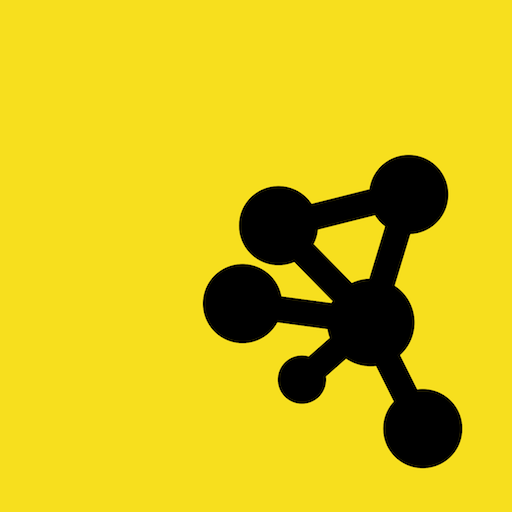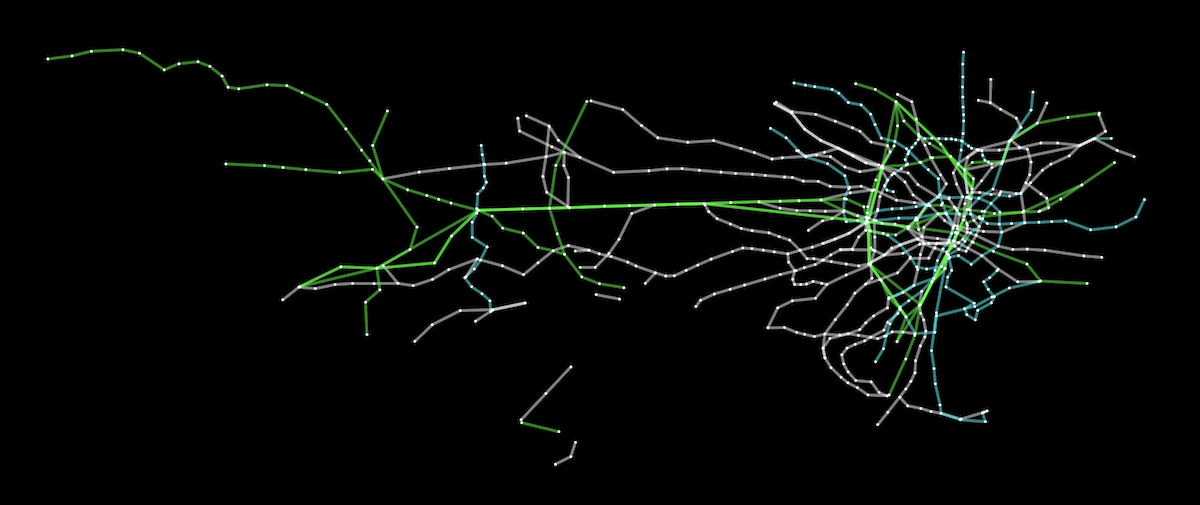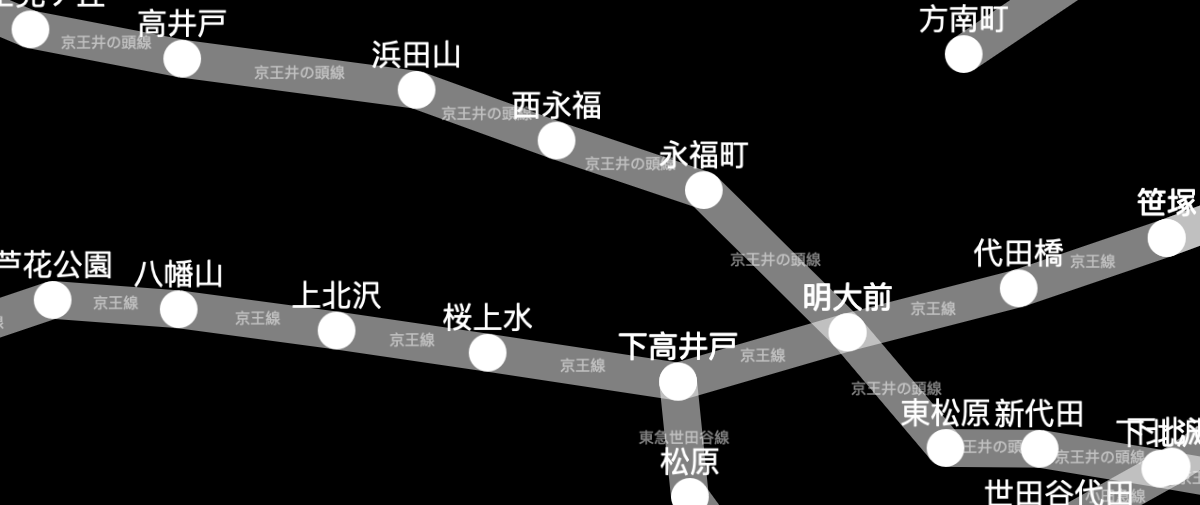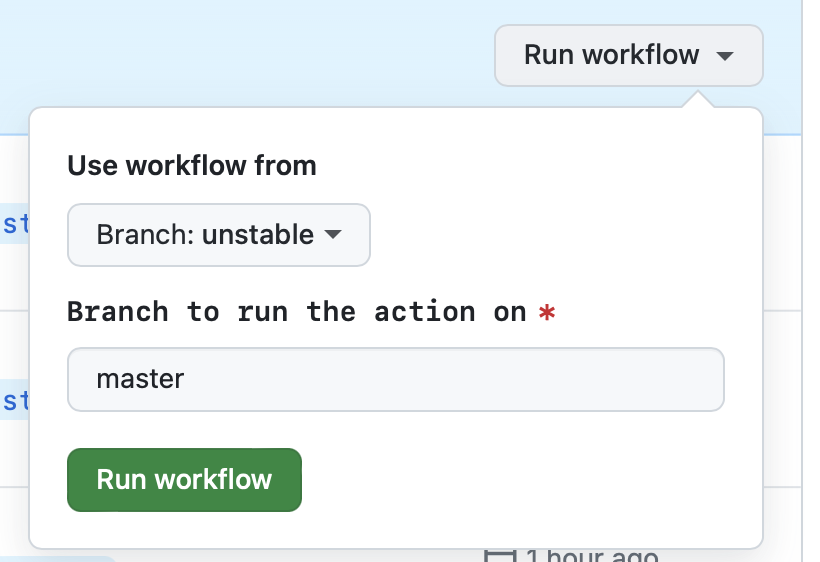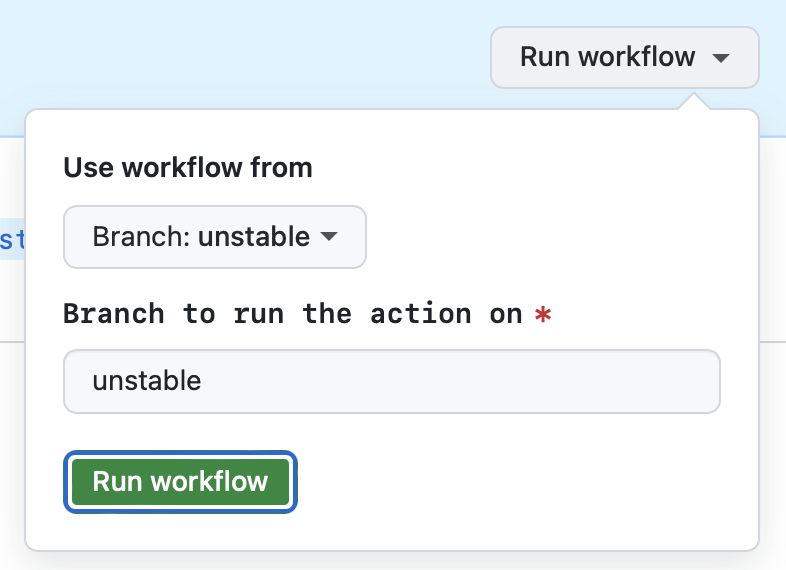Complexity Handling
- cytoscape:
Cytoscape excels in handling complex graphs with thousands of nodes and edges. It provides advanced features for graph analysis, including filtering, aggregating, and manipulating large datasets, making it suitable for intricate visualizations in research and data science.
- vis-network:
vis-network strikes a balance, capable of handling moderately complex graphs while remaining user-friendly. It supports dynamic data updates and real-time manipulation, making it versatile for various applications.
- jsplumb:
jsPlumb is designed for simpler use cases, focusing on connecting UI elements rather than complex graph structures. It allows for straightforward visual connections, making it less suitable for large datasets but excellent for UI-driven applications.
Interactivity
- cytoscape:
Cytoscape offers extensive interactivity options, including zooming, panning, and customizable tooltips. Users can interact with nodes and edges, triggering events and updates, which is crucial for data exploration and analysis.
- vis-network:
vis-network provides a rich set of interactive features, including drag-and-drop capabilities, zooming, and selection. It allows users to manipulate the graph dynamically, enhancing user engagement and data exploration.
- jsplumb:
jsPlumb provides drag-and-drop functionality for connecting elements, allowing users to create interactive diagrams easily. However, its interactivity is limited to connection management rather than data-driven interactions.
Customization
- cytoscape:
Cytoscape offers extensive customization options for styling nodes and edges, including colors, shapes, and sizes. Its flexibility allows developers to create visually appealing and informative graphs tailored to specific needs.
- vis-network:
vis-network provides a good level of customization for nodes and edges, allowing developers to define styles, shapes, and colors easily. It strikes a balance between customization and usability.
- jsplumb:
jsPlumb allows for basic customization of connection styles and endpoints, but it is less flexible compared to the other libraries. It is primarily focused on functionality rather than extensive visual customization.
Performance
- cytoscape:
Cytoscape is optimized for performance with large datasets, utilizing WebGL for rendering complex graphs efficiently. It can handle thousands of nodes and edges without significant performance degradation, making it suitable for heavy data analysis.
- vis-network:
vis-network is designed to handle moderate performance demands, using canvas rendering for better performance with larger datasets. It balances performance with usability, making it suitable for real-time applications.
- jsplumb:
jsPlumb performs well for smaller diagrams and UI connections but may struggle with performance when handling a large number of connections or elements due to its DOM manipulation approach.
Use Cases
- cytoscape:
Cytoscape is ideal for applications in bioinformatics, social network analysis, and any domain requiring complex network visualization and analysis. Its advanced features cater to researchers and data scientists needing detailed insights.
- vis-network:
vis-network is versatile for various applications, including social networks, organizational charts, and real-time data visualization. It is user-friendly and suitable for developers looking for a balance between complexity and ease of use.
- jsplumb:
jsPlumb is best suited for creating interactive user interfaces, flowcharts, and diagrams where visual connections between elements are essential. It is commonly used in dashboard applications and UI design.










